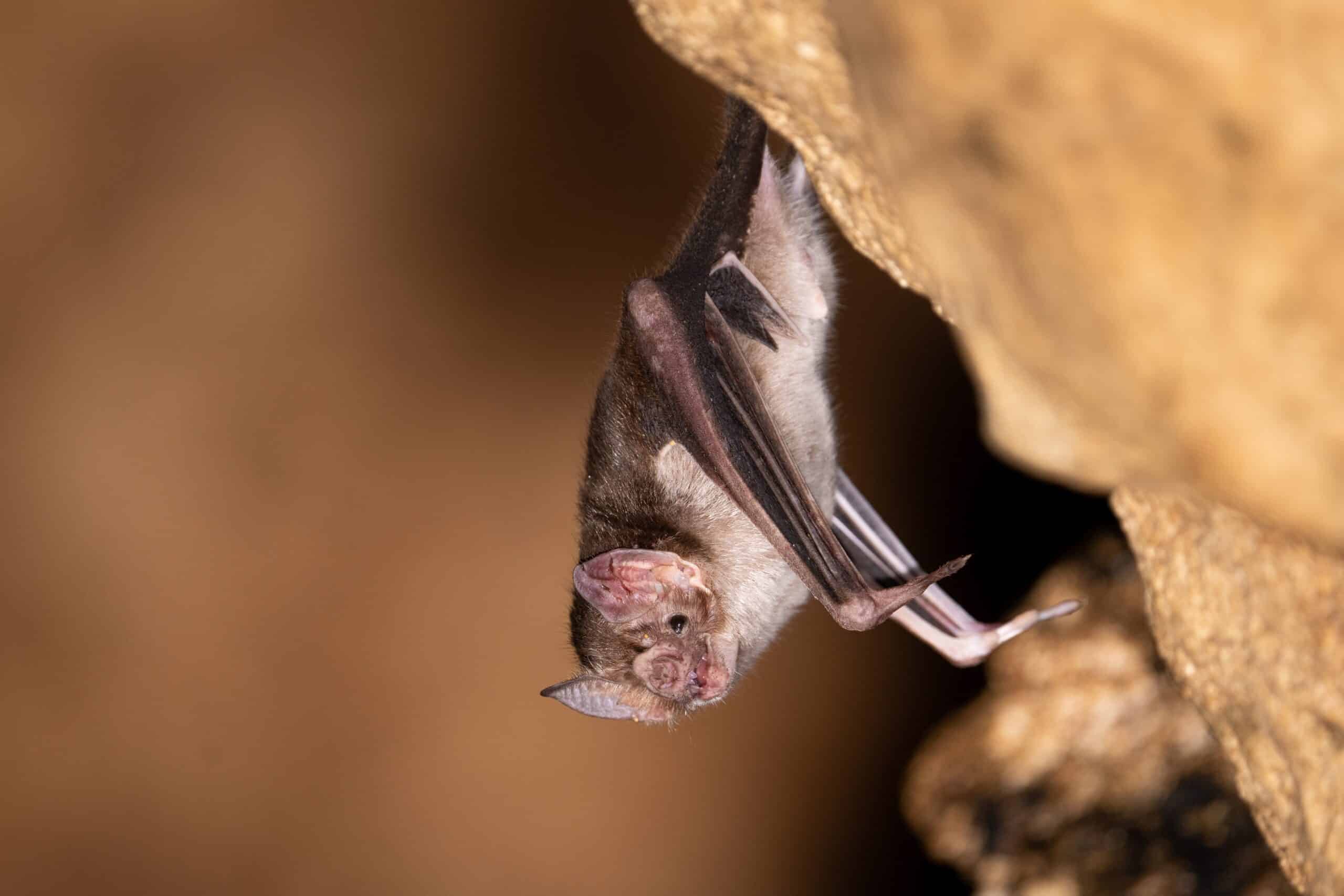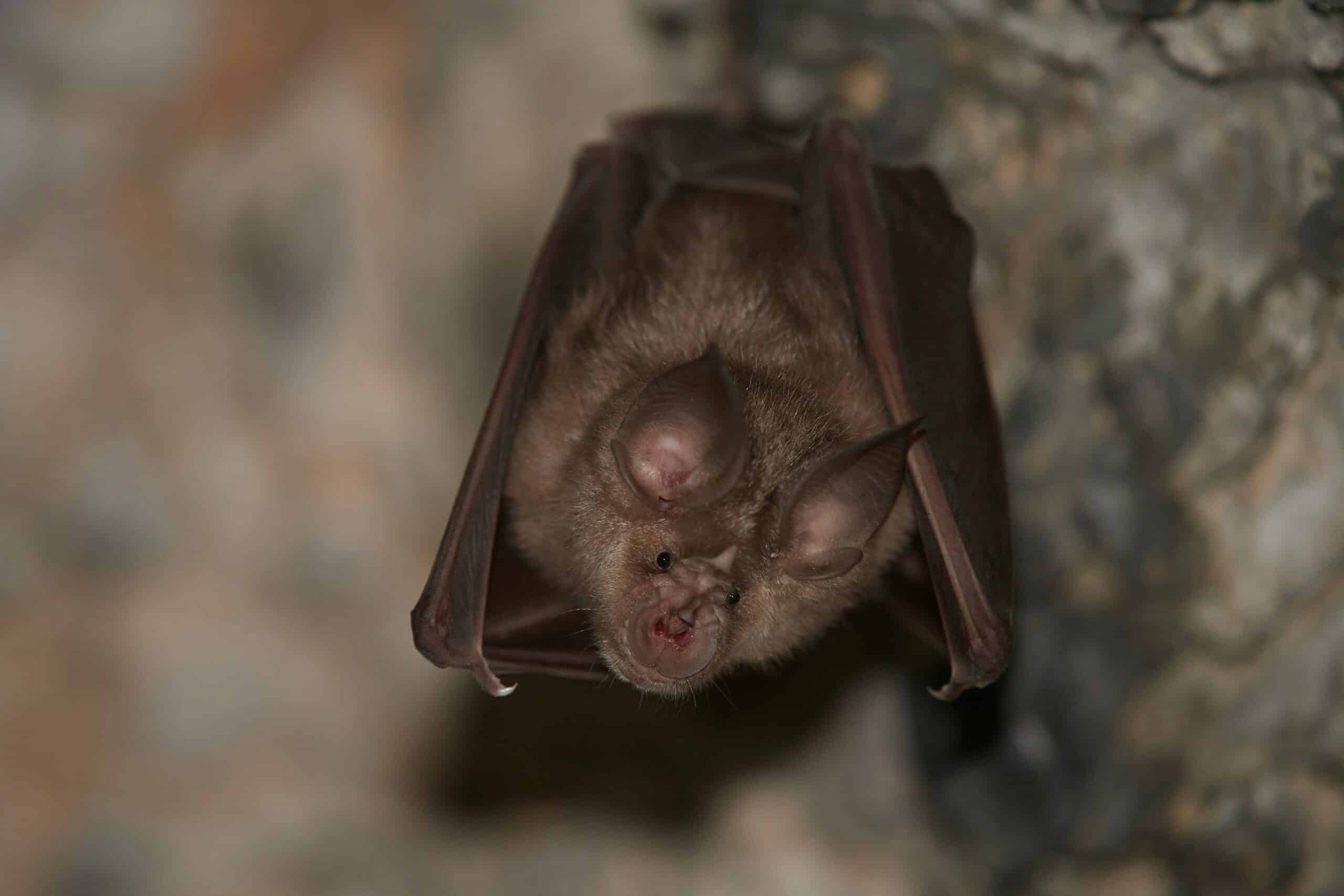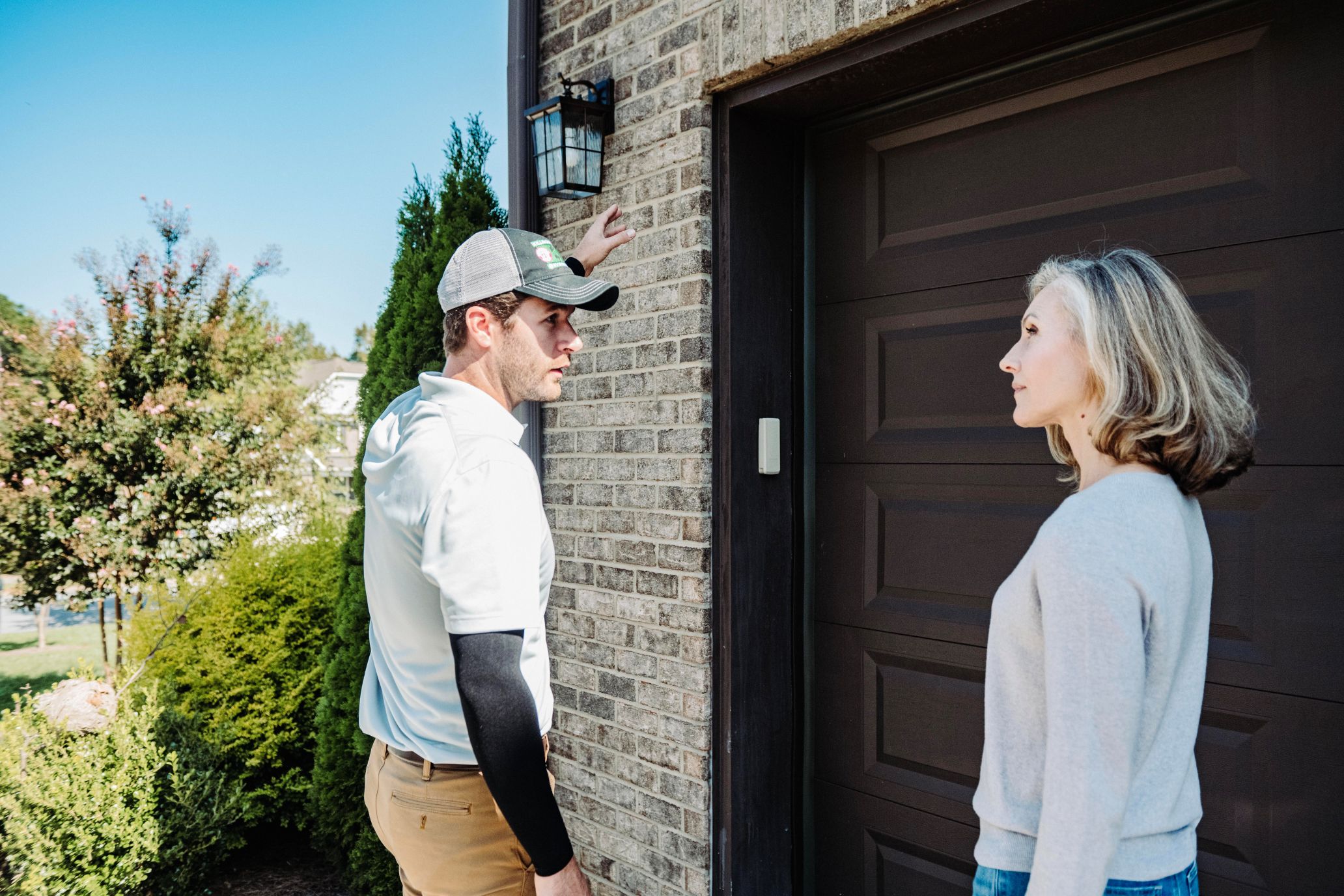Pest Control for Bats

Anticimex Carolinas does not offer carcass and dead animal removal. Animal removal is only performed by our team when an animal is found in a wildlife trap. For local animal removal services, please contact your municipal office.
Bats are a common sight in North Carolina and South Carolina. Although they are generally harmless creatures, they can pose significant health risks and often find their way into attics, sheds, and other structures. If you suspect that bats have invaded your home or business, it’s crucial to take swift action by consulting wildlife control professionals. Understanding bat behavior, implementing preventive measures, and knowing your treatment options are essential for managing potential infestations.
Get a Free Pest Control Quote

What Are Bats?
Bats are nocturnal mammals known for their ability to fly and their essential roles in maintaining ecosystems. They belong to the order Chiroptera, which includes over 1,400 species worldwide. In North and South Carolina, common species include big brown bats, little brown bats, and Brazilian free-tailed bats. Most species are relatively small, with wingspans ranging from 8 to 16 inches and weighing only a few ounces. Their diet primarily consists of insects like mosquitoes and moths, though some species feed on fruit or nectar. Bats are vital for pest control, pollination, and seed dispersal, making them a key component of biodiversity.
How Do I Identify Bats?
Bats are identifiable by their furry bodies and delicate wings. Bats are the only mammals worldwide that can fly and usually make their homes in caves and hollow trees. Over 1,000 different bat species have been identified throughout the world. There are nine common bat species in North and South Carolina.


Why Do I Have Bats?
Bats typically roost in natural settings like caves and hollow trees. However, urban expansion has diminished these habitats, prompting bats to seek refuge in buildings, such as garages and attics. They are particularly drawn to warmer spaces for roosting, especially maternal colonies. Bats can enter through tiny openings—gaps in the siding, unscreened vents, or spaces beneath eaves. Once they establish a roost, they often return year after year.

What Are the Effects of Bats in and Around My Home or Business?
Having bats in or around your property can lead to several issues. Their droppings, known as guano, can cause allergic reactions, leave unsightly stains, and produce unpleasant odors. A significant concern is the potential transmission of diseases, as bat guano can harbor airborne fungus spores that may lead to histoplasmosis, a respiratory illness. Bats can also carry mites, fleas, and ticks.
While bites from bats are uncommon, they can be rabies carriers. If a bat is discovered in a living area with children or vulnerable individuals, it’s vital to seek medical guidance and rabies testing.

How Long Do Bats Live?
Bats have remarkable lifespans, often ranging from 20 to 40 years in the wild. This longevity means that once bats establish a roosting site, they can form an enduring association with that location, consistently returning year after year, sometimes even for decades. Unless proactive and effective measures are taken to remove or deter them from their chosen roost, their presence tends to become a long-term fixture.

How Do I Prevent Bats?
To deter bats from your property, regularly inspect for possible entry points, including uneven roofs, gaps in siding, and even chimney flues.
Since many bat species are protected in North Carolina and South Carolina, bat control must be cautiously approached. At AXCarolinas, we use humane methods to manage bat populations effectively. Exclusion techniques are the most effective removal strategy if bats are already present. Our technicians can install one-way doors, allowing bats to exit while preventing their return. This approach typically clears the bat population within a matter of days.
Protecting Your Home or Business from Bats with Anticimex Carolinas

In the Carolinas, bats are excluded in the early spring (March-April) or in the fall (August-October). This is pup-rearing season, where female bats are raising their young who are learning how to fly. During these windows, it is safe to perform exclusion without disturbing maternal colonies, ensuring humane treatment of the bats.
